Offshore Structural Analysis Software
API Specification 4F, 5th Edition, Drilling and Well Servicing Structures
- 40 years of Canadian Innovation
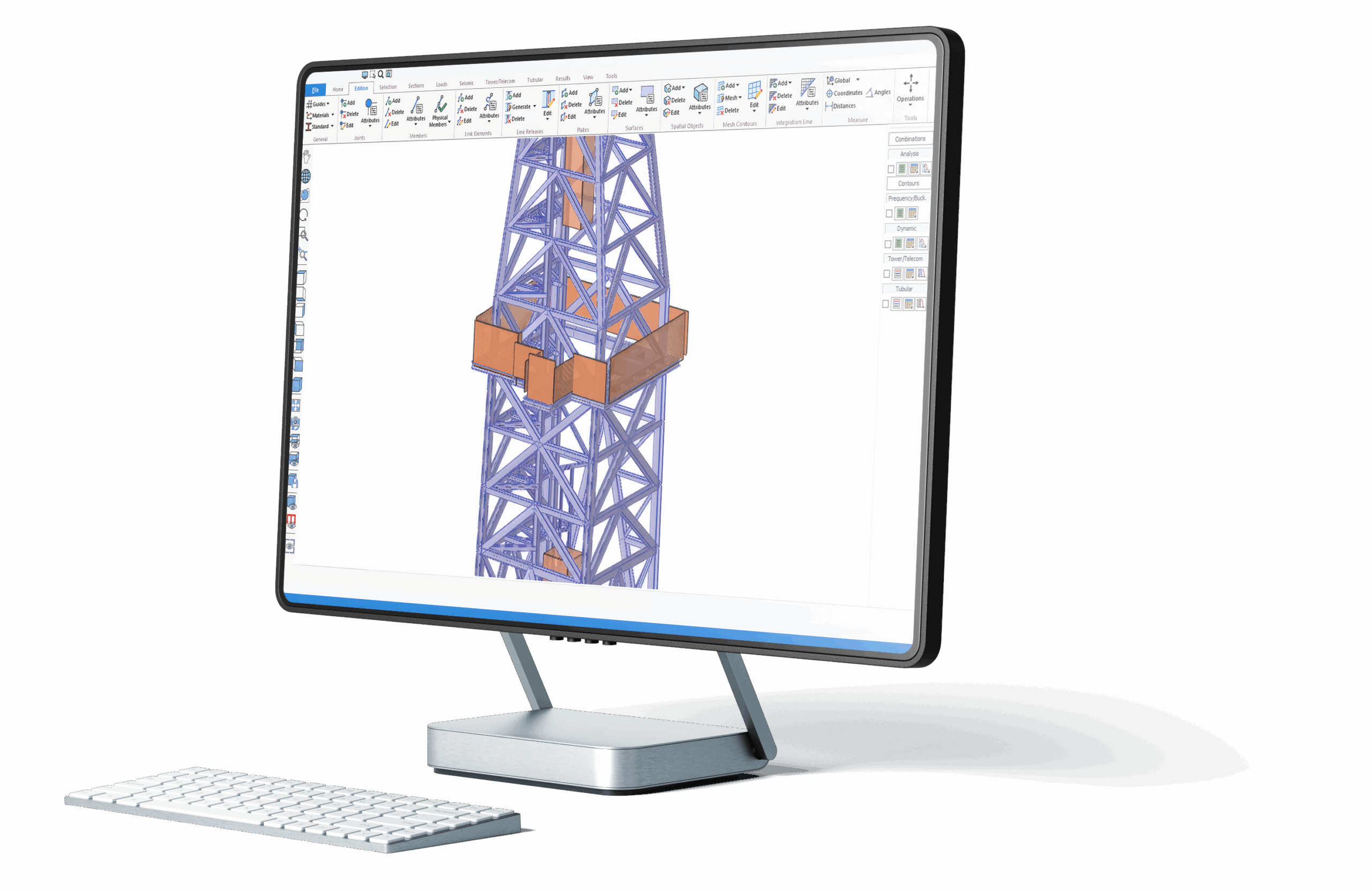

API Specification 4F, 5th Edition, Drilling and Well Servicing Structures










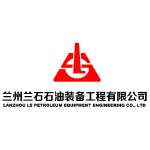

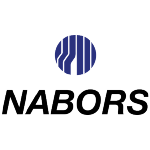

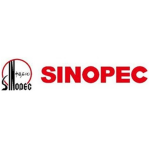



The Petroleum Structural Engineering® (PSE) software specializes in Offshore Structural Analysis and Design for oil & gas drilling structures, including platforms, rigs, masts, and substructures in compliance to the API 4F 5th edition requirements.
This 3D frame analysis software offers intuitive modeling features, comprehensive structural analysis capabilities and powerful design tools. The PSE software is user-friendly, easy-to-use and built on a ribbon-based interface, offering a streamlined design element where tools, commands, and options are conveniently organized into tabs and groups for effortless access and navigation.
Take the next step to discover PSE Petroleum Structural Engineering® Software by completing the following form. One of our experts will get in touch with you shortly.
Fill out the following form to access the PSE Technical Brochure.
PSE Petroleum Structural Engineering® software is based on the API 4F (5th edition) Specification for Drilling and Well Servicing Structures.
Wind loads, based on the velocity component approach, and vessel dynamic motions are defined according to API 4F Specification for Drilling and Well Servicing Structures. The PSE software systematically incorporates the latest requirements and recommendations for suitable steel structures for drilling and well servicing operations for the Oil&Gas industry.
The PSE software is an innovative solution aiming to increase productivity of international companies helping them to achieve the most complex structural engineering projects.
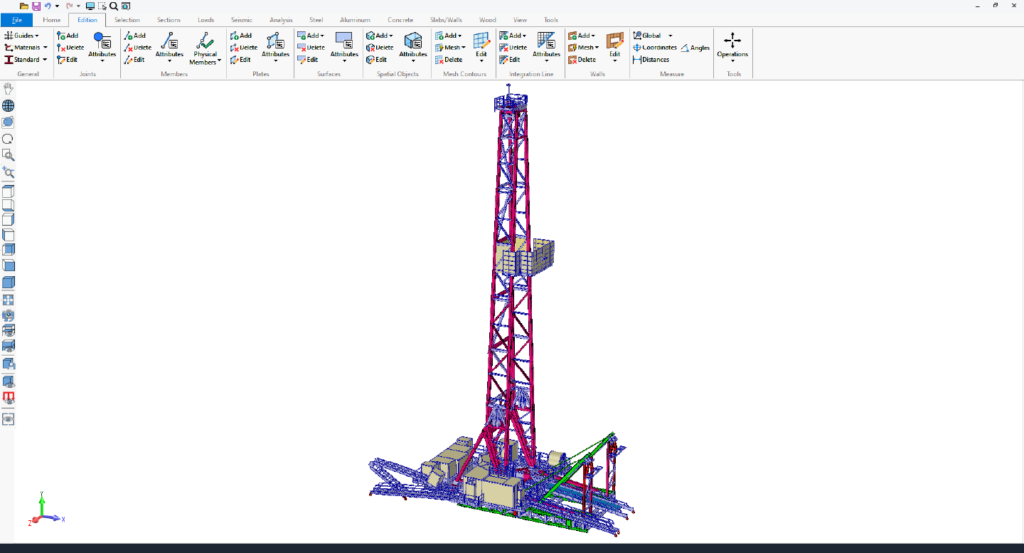
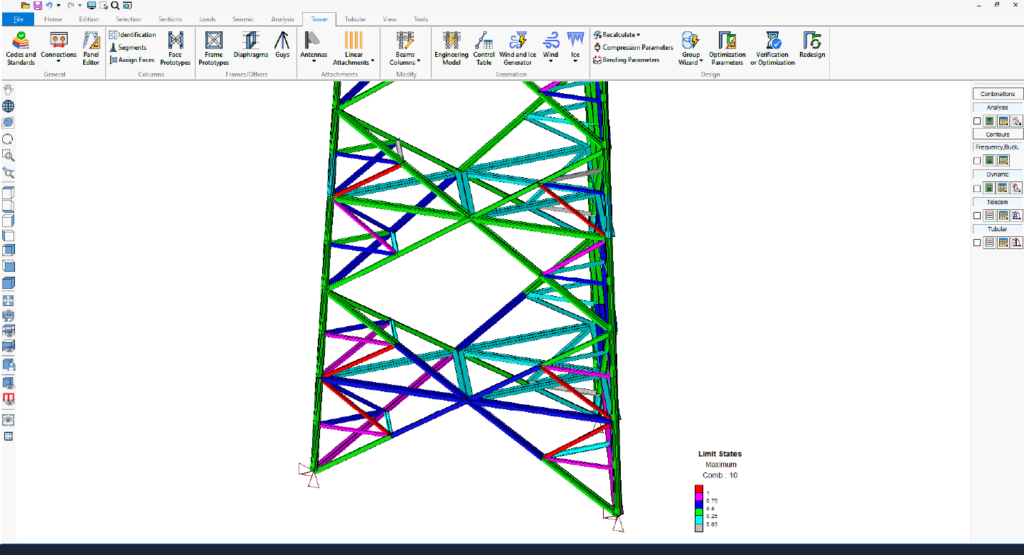
Wind loads, calculated using the velocity component approach, are defined according to the API 4F Specification for Drilling and Well Servicing Structures (5th edition).
The Petroleum Structural Engineering® (PSE) software includes a specialized tool for generating wind and ice loads on open structures, such as drilling rigs. This feature enables automated calculation of wind and ice loads on each structural element.
PSE software streamlines wind load application by computing loads based on projected area, projected pressures, or velocity components. It offers a range of wind profiles and automatically determines shape coefficients (drag factors) for accurate load estimation.
The Petroleum Structural Engineering® software automatically determines unbraced lengths for structural members, ensuring accurate stability analysis. This feature optimizes design efficiency by eliminating manual calculations and improving reliability in load-bearing assessments.
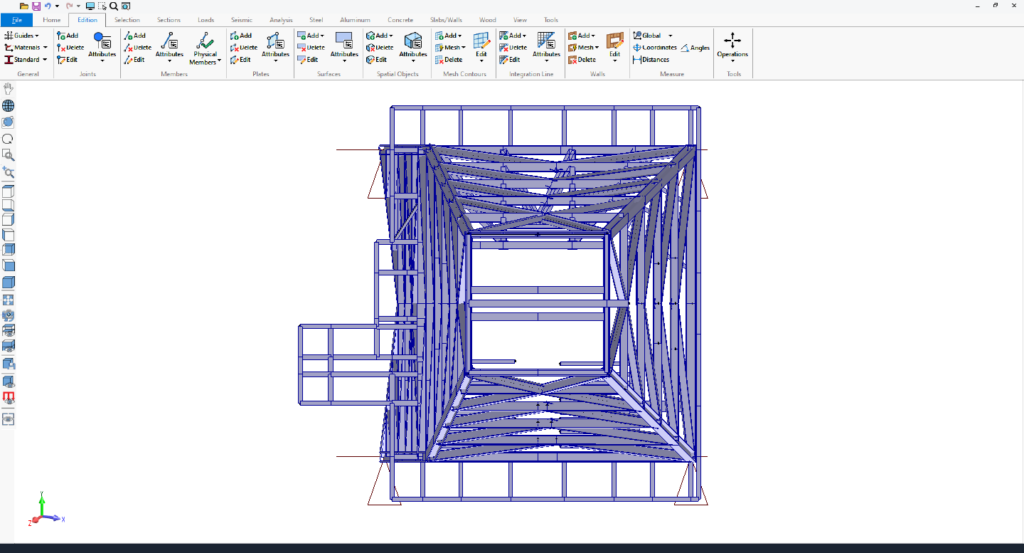
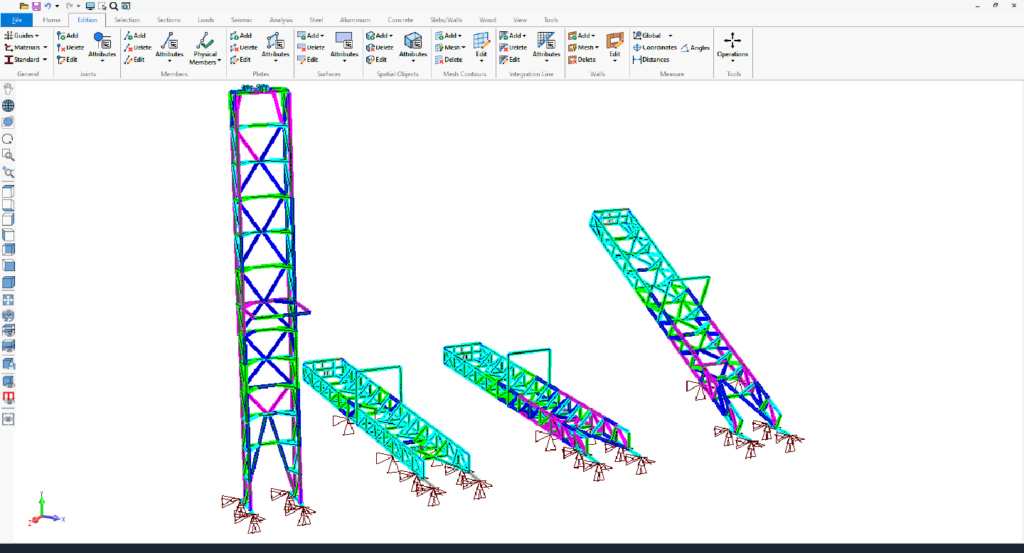
PSE software features comprehensive state-of-the-art structural analysis methods, including:
• Finite Elements Analysis (FEA) including plates and shell elements
• P-Delta Analysis, Linear and Nonlinear Analysis, Buckling Analysis
• Static Equivalent Seismic Analysis, Seismic and Dynamic Time-History Analysis
• Non-linear analysis using load control and displacement control strategy
• Linear and exact non-linear cable elements
• Direct Analysis Method (DAM) and the Effective Length Method (kL) for AISC 360
• Possibility to add non-structural components using Spatial Objects and Spatial Loads to automatically calculate dead, ice, and wind loads
PSE software allows users to animate analysis results, including static, P-Delta, buckling, seismic, and dynamic analyses. This visualization highlights displacements, internal forces, stresses, reactions, mode shapes, and time-history data, offering clear insights into structural behavior.
Animating envelopes focuses on critical regions, simplifying complex data for better decision-making during dynamic events.
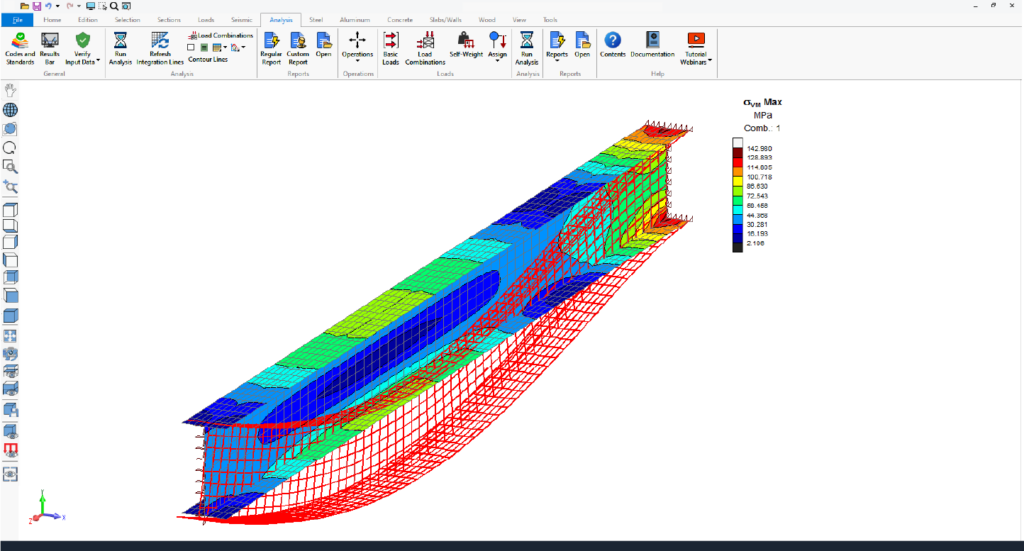
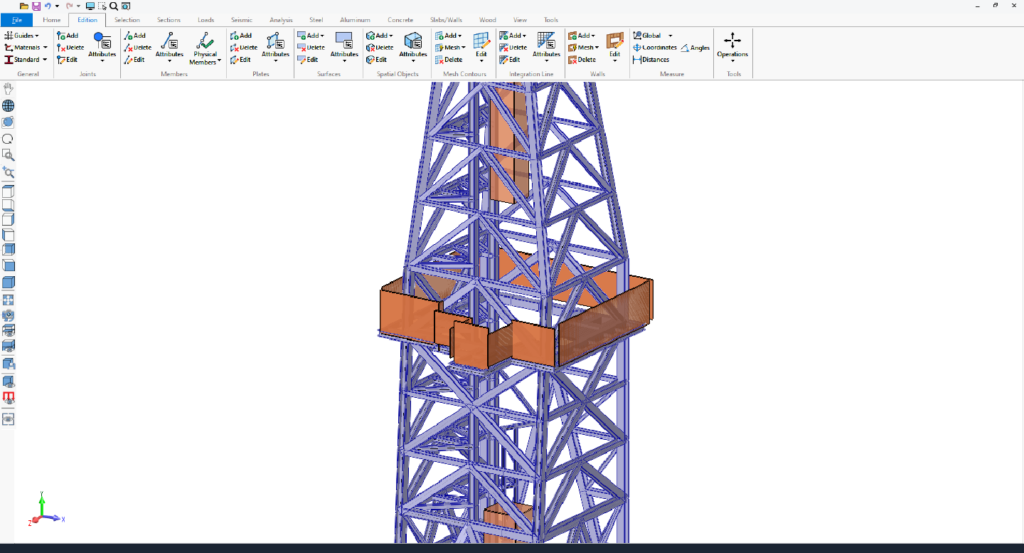
The Petroleum Structural Engineering® (PSE) software integrates advanced vessel dynamic motion analysis, adhering to the API 4F (5th edition) Specification for Drilling and Well Servicing Structures.
• Accurate inertial force calculation: Accounts for vessel dynamic motions and the impact of radial, tangential, and translational forces from mass acceleration.
• Comprehensive motion simulation: Models roll, pitch, and yaw rotations along with heave, sway, and surge translations, ensuring precise structural response analysis.
• Optimized for offshore environments: Designed for offshore drilling structures on vessels, semisubmersibles, and floating hulls, enhancing design reliability and safety.
The Petroleum Structural Engineering® software provides advanced analysis of wave and current loads on submerged structural members in platforms and floating hulls, following API RP 2A specifications.
• Comprehensive load analysis: Accurately computes wave and current forces acting on structural members.
• Linear & nonlinear kinematics: Supports Airy’s linear theory and Fenton’s nonlinear theory for precise wave kinematics modeling.
• Optimized for offshore structures: Ensures stability and performance of submerged components in dynamic marine environments.
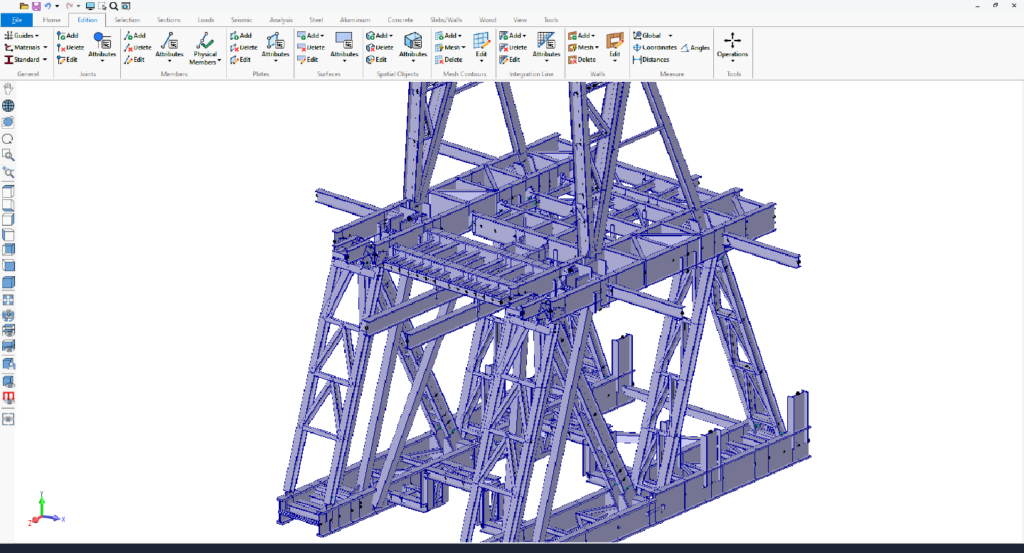
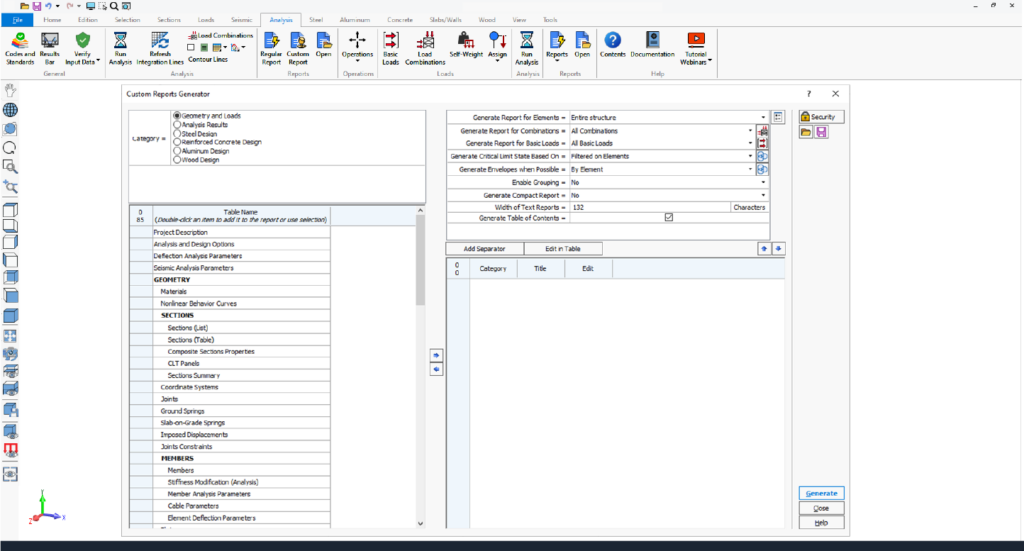
PSE software offers advanced custom reporting tools, enabling users to create tailored, professional reports with ease. With options to select relevant data, add individual or multiple tables, and customize settings, users can design layouts that meet specific project needs.
Editable titles, table reordering, and predefined templates enhance efficiency, while saved custom layouts streamline future reporting. Reports can be customized and exported to Microsoft Word and Excel, streamlining workflows.
PSE software features an intuitive, ribbon-based graphical user interface powered by DirectX 11 and OpenGL 2.0 for enhanced performance. Users can efficiently create, analyze, and design complex models, visualized as lines, wireframes, or 3D solids.
Users benefit from key functionalities such as detailed element creation, and transparency options for components like members, plates, surfaces, spatial objects and panels.
Additionally, powerful edition features allow to model very complex and non-standards towers. The software supports metric, imperial, and mixed unit systems, which can be modified at any time.
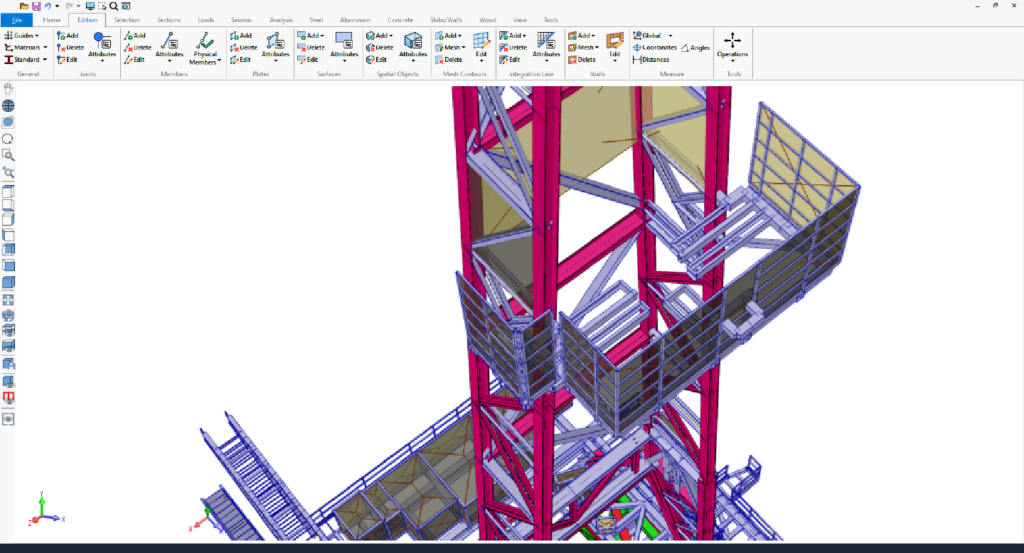
A structural analysis and design software for professional Oil&Gas engineers.
API 4F (5th Edition) – Specification for Drilling and Well Servicing Structures
AISC 360 (American Institute of Steel Construction)
Both Direct Analysis Method (DAM) and Effective Length Method (kL)
CSA S16 – Canadian standard for steel structures
Wind loads are defined using the velocity component approach as per API 4F – Specification for Drilling and Well Servicing Structures (5th Edition).
PSE Integration:
The API 4F wind load methodology is fully integrated into the PSE Petroleum Structural Engineering® software.
Structural Classification:
Structures are classified based on:
Structural Safety Level (SSL)
Location: Offshore or Onshore
Design Reference Wind Velocity:
Defined as a 3-second gust wind speed
Measured at 10 meters (33 feet) above ground or sea level
Applicable in open terrain or water
Associated with a return period of 50 years or 100 years.
Automatically generates wind and ice loads on open structures, such as drilling rigs and derricks.
Element-Level Load Application:
Loads are calculated and applied individually to each structural element.
Wind Load Calculation Methods:
Supports:
Projected area method
Projected pressure method
Velocity component approach
Wind Profile Options:
Offers a range of predefined wind profiles for various conditions and terrain types.
Automated Drag Factor Determination:
The software automatically calculates shape coefficients (also known as drag factors) for structural members based on their orientation and exposure.
Model configuration based on wind conditions:
PSE allows to define different structural configurations depending on the specific wind environment the drilling structure will be exposed to.
The API 4F specifications are applicable to the following wind environments:
The shape coefficient (Cs) is automated in the PSE software for various section shapes. The program accounts for the gust factor (Gf) and the reduction factor for shielding (Ksh) for members and appurtenances.
Standards-Based Definition:
Vessel dynamic motions are defined in accordance with API 4F (5th Edition) – Specification for Drilling and Well Servicing Structures.
Dynamic load considerations:
The software accounts for inertial forces resulting from vessel motion including:
Radial, tangential, and translational forces caused by the acceleration of attached masses (e.g., equipment, derricks)
Types of Vessel Motion Considered:
Rotational Motions:
Roll – Rotation around the longitudinal axis
Pitch – Rotation around the transverse axis
Yaw – Rotation around the vertical axis
Translational Motions:
Heave – Vertical motion
Sway – Lateral motion (side-to-side)
Surge – Longitudinal motion (front-to-back)
PSE software calculates inertial forces generated by vessel dynamic motion, including:
To estimate inertial forces resulting from vessel dynamic motions, the PSE software accepts three types of user input:
Wave and current-induced forces are calculated in accordance with API RP 2A – Recommended Practice for Planning, Designing, and Constructing Fixed Offshore Platforms.
Wave Kinematics Models
PSE supports two methods for defining wave motion and kinematics:
Airy’s Linear Wave Theory
Fenton’s Nonlinear Wave Theory
The PSE software accounts for the following wave profiles and kinematic parameters:
Preview of the wave surface profiles, velocities and accelerations at any point is readily available.
In the PSE software, the current profile is described with respect to the sea bed. The current speed is defined by a set of elevation-velocity-angle triplets and the reduction of the current speed in the vicinity of the structure or the blockage factor is accounted for.
In order to combine the current with the wave profile, the current needs to be stretched, or compressed, to the local wave surface. Two stretching methods are available:
Complies with AISC 360-16 (both LRFD and ASD design methodologies).
Also supports:
AISC-LRFD-99
AISC-ASD-89
Handles design under multiple loading conditions:
Axial compression
Bending
Tension
Combined axial-flexural loads
Shear
Torsion and warping
Supports both:
Direct Analysis Method (DAM) – includes:
Initial imperfections
Stiffness reduction per AISC 360-16
Effective Length Method (kL)
Semi-automated buckling factor (K) computation command available
Standard section libraries:
CISC, AISC, European
Parametric profiles (e.g., I, H, T, L, hollow, round)
Customizable resistance parameters:
Unbraced lengths
Buckling lengths and factors
Editable via:
Graphical interface
Spreadsheets
Complies with multiple codes:
CAN/CSA S16
AISC ASD & LRFD
Eurocode 3 & 4
CSA S136
AISI S100
Supports:
Symmetric, asymmetric, and built-up sections
Includes:
Classification, strength, and stability checks
Evaluates steel members under:
Bending
Compression
Tension
Shear
Combined load effects
Limit state design outputs:
Color-coded for easy interpretation
Displayed graphically on the 3D model through color representation or presented numerically in spreadsheets and reports
Ready to get started? Contact us today to explore the PSE® software.